Who is the mastermind behind the world’s first sustainable sushi restaurant?
Don’t visit Miya’s expecting traditional Japanese fare. Maverick chef Bun Lai takes sustainability to the next level by serving sushi made of weeds, insects and even invasive species that he forages from the wild.
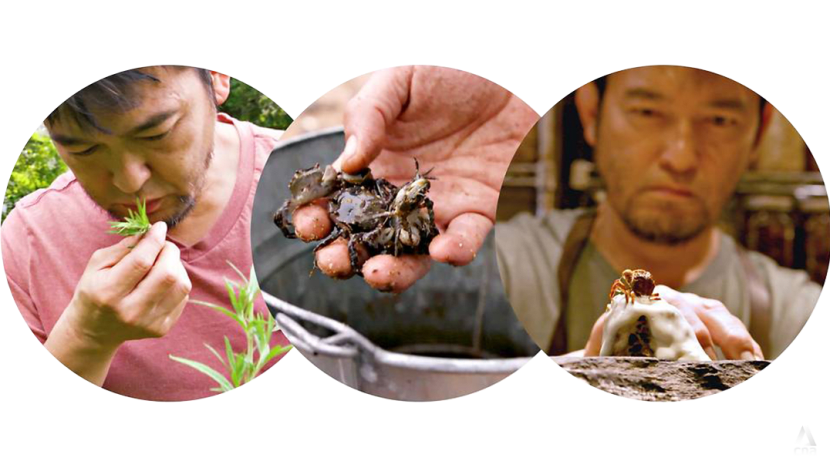
Chef Bun Lai was a pioneer of the sustainable sushi movement. (Photo: Threesixzero Productions)
Miya’s Sushi may be a little family-run hole in the wall, but this Japanese diner in New Haven, Connecticut, is the proud recipient of the 2016 White House Champions of Change Award for its sustainable practices. In fact, it prides itself as being the first sustainable sushi restaurant on Earth, and is today one of three most sustainable restaurants in the United States.
This is all thanks to Chef Bun Lai, whose passion for the environment and social activism made him reinvent the world of sushi to promote ethical eating.
“The human appetite has been the most destructive force on earth. It’s directly related to the extinction of other creatures. We eat too many animals, particularly farmed animals and fish that is not fished in a way that is ethical,” he said.
His intention for Miya’s is to imagine a cuisine that is healthier for the body and the planet.
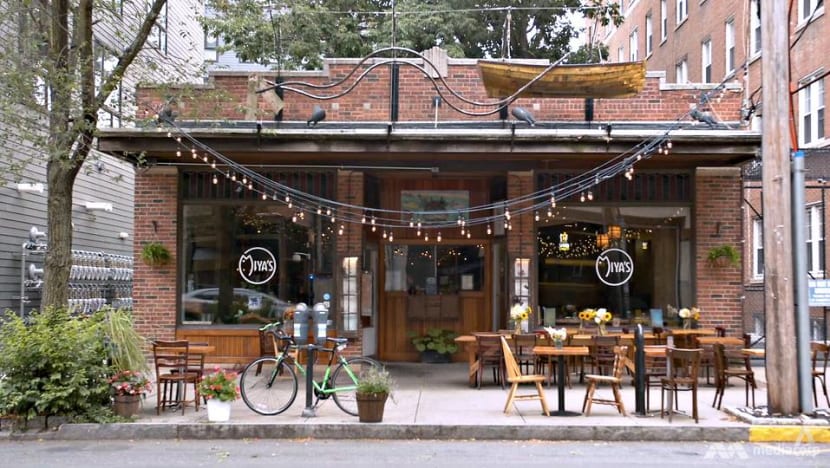
READ> How Singapore’s restaurateurs are rising to the challenges of sustainability
“Food is the most intimate thing because you’re putting something from the outside into your body and ultimately it feeds every cell in your body, that food becomes you,” he waxed lyrically.
Miya’s, which Bun runs together with his mother and sister, opened in 1983 as a catering business serving Kyushu-style recipes, and gradually became New Haven’s first traditional sushi restaurant.
By the late 90s, its menu had become 80 per cent plant-based, and traditional sweetened white rice was replaced with a whole grain brown rice-based blend. One of its most famous creations is the sweet potato roll – a vegetarian’s equivalent of the California Roll.
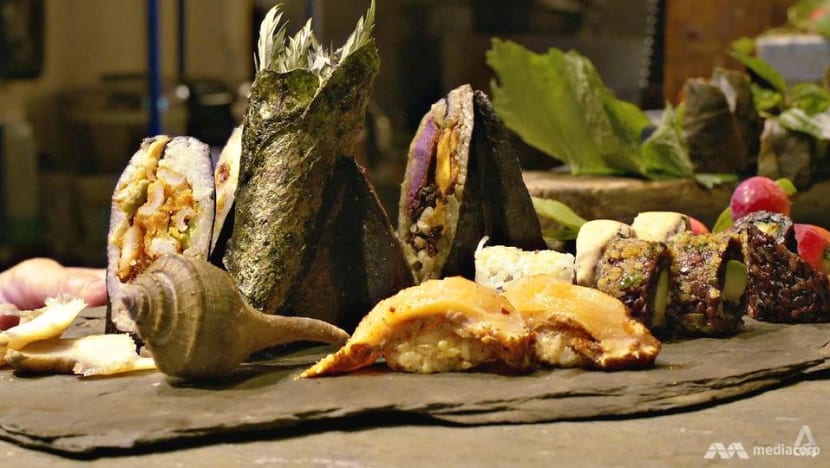
In 2001, Bun initiated the removal of seafood that was caught or farmed in a way that was detrimental to the long term wellbeing of the harvested species or its habitats. In other words, all your sashimi favourites from classic salmon and shrimp to tuna and yellowtail were no longer served.
This caused a major paradigm shift in the way sushi was consumed. And not everyone was happy about it.
“We have guests who come in and run out the door before they even try our food because it’s not what they expect sushi to be. They wanted tuna and everything else that we didn’t carry,” shared Bun. “Or just a classic shrimp roll,” added his sister, Mie.
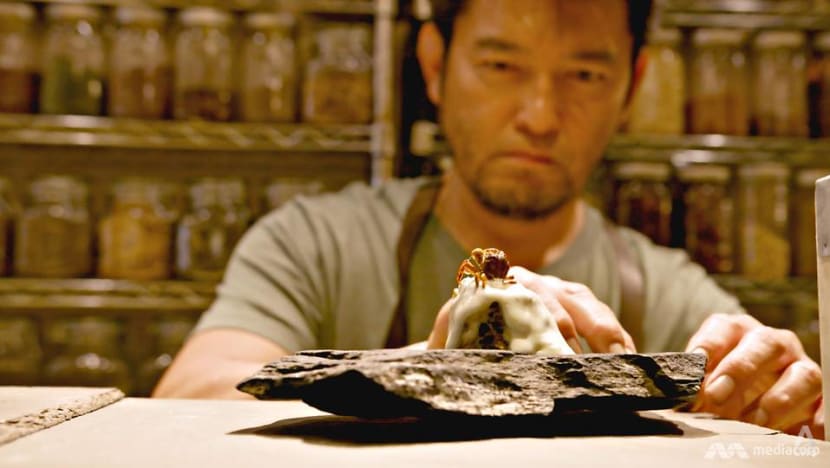
The new possibilities that Bun speaks passionately about are the invasive species that he incorporated to the menu in 2005. But what exactly are they? Aliens? Close, actually. Invasive species are defined as plants or animals that are not native to a specific location, often introduced from overseas, and which have a tendency to spread to a degree that may pose harm to the local ecosystem.
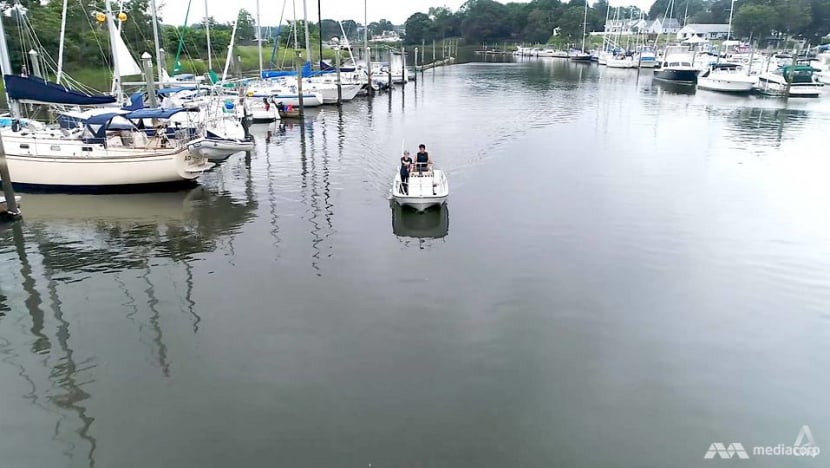
Miya’s invasive species menu was created in order to take pressure off of popular over-fished species, by utilising ones that are abundant but ecologically destructive.
“Because of climate change, we’re gonna have vast famines in the world, so the idea is to cultivate invasive species that are already there that you cannot possibly get rid of,” he explained.
“The next level for a chef is to be well-versed in sustainability. How are the recipes you’re making impacting the people you’re cooking for, [and also] everything else on the planet?”

Whatever is served on the menu is foraged by Bun and his sister, who spend Sundays and Mondays fishing for edible finds around the estuaries of Long Island Sound. It’s not unusual to see them flipping rocks to find small crabs and sea snails, diving for seaweed, or casting a net to catch smelt.
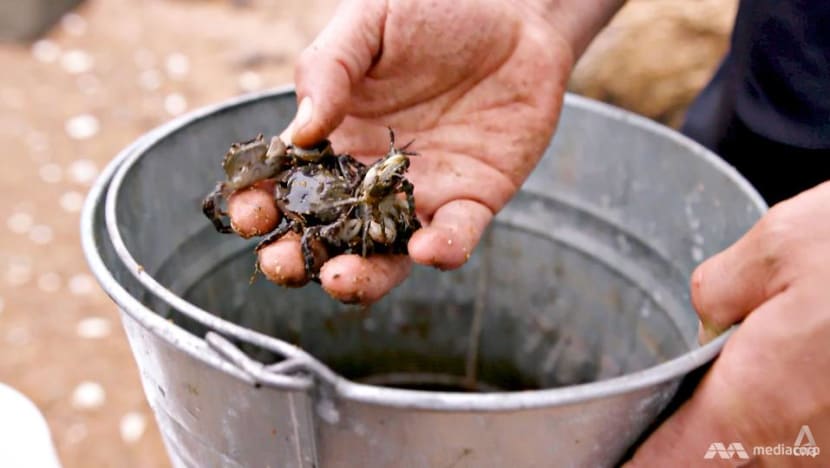
The son of Chinese and Japanese immigrants, Bun’s love for science, nature and foraging was cultivated by his parents from an early age. He even keeps a garden dedicated to wild plants which he harvests farm-to-table style. Some of his favourite greens to use for sushi include wild lettuce, sorrel, nettle, mustard garlic, and mugwort.
“Wild plants are exponentially more nutritious than anything we can possibly grow. Weeds like these can withstand the fluctuation of weather patterns that are unpredictable,” he revealed.
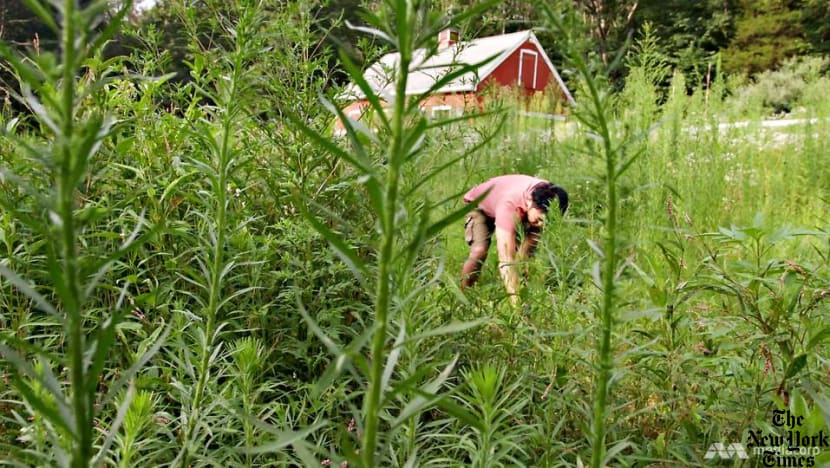
In addition to seafood, you’ll also find grasshoppers, larvae and mealworms on Miya’s menu.
“If you’re gonna eat an animal, there’s nothing healthier for you and the environment than to eat a wild insect like this!” he enthused, biting into a live grasshopper.
“When we try to change our ways to a better way, one that is more restorative and nurturing to nature and other people, I can’t think of anything more important to do. And I think we’re doing it in a tiny little way,” he attested.
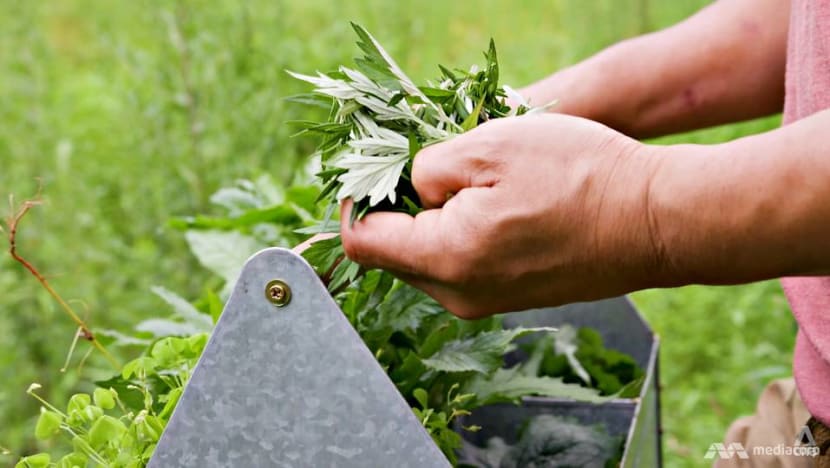
“Miya in Japanese means shrine, a holy space where spirits and holy objects are kept. So we’ve always felt that way about Miya’s. That it wasn’t just food that we’re doing, that we’re doing so much more than that,” he concluded.
Adapted from the series Remarkable Living (Season 3). Watch full episodes on CNA, every Sunday at 8.30pm.
Disclaimer: This video was filmed before the COVID-19 pandemic.












